Properties
| Storage Buffer | PBS pH 7.4, 0.02% Proclin 300, 50% glycerol |
| Storage Temperature | -20ºC |
| Shipping Temperature | Blue Ice or 4ºC |
| Purification | AmMagTM Ultra AT Protein A MagBeads |
| Clonality | Recombinant Monoclonal |
| Clone Number | C25 |
| Isotype | IgG Kappa |
| Specificity | Detects the cytoplasmic C-terminus of Kv1.2. Does not cross-react with other Kv1 channels. |
| Cite This Product | Kv1.2 Antibody (StressMarq Biosciences | Victoria, BC CANADA, Catalog# SMC-628, RRID: AB_3716811) |
| Certificate of Analysis | 1 µg/ml was sufficient for detection of Kv1.2 in Rat Brain Membrane lysate. |
Biological Description
| Alternative Names | Kv1.2, KCNA2, Potassium voltage-gated channel subfamily A member 2, Voltage-gated potassium channel subunit Kv1.2, NGK1, HBK5, HUKIV, MK2, RBK2, Kca12 |
| Research Areas | Ion Channels, Neuroscience, Potassium Channels, Voltage-Gated Potassium Channels |
| Cellular Localization | Cell membrane, Cell projection, Synapse, Endoplasmic reticulum membrane, Lamellipodium membrane, Synaptosome, Presynaptic membrane, Dendrite, Paranodal septate junction |
| Accession Number | NP_004965.1 |
| Gene ID | 3737 |
| Swiss Prot | P16389 |
| Scientific Background |
Kv1.2, encoded by the KCNA2 gene, is a voltage-gated potassium channel subunit that plays a critical role in regulating neuronal excitability and synaptic transmission. Beyond its significance as a biophysical model for ion channel gating, Kv1.2 has emerged as a key modulator of brain function, with growing evidence linking KCNA2 mutations to a range of neurological disorders, including epilepsy, ataxia, and neurodevelopmental syndromes. A landmark crystallographic study resolved the Kv1.2 channel structure at 2.9 Å, revealing the open activation gate and tetrameric subunit architecture. This structural insight has become foundational for understanding the gating mechanisms of voltage-gated ion channels across the nervous system. Functionally, Kv1.2 channels are expressed in axons and presynaptic terminals, where they shape action potential propagation and modulate neurotransmitter release. By influencing both the timing and strength of synaptic communication, Kv1.2 contributes to the fine-tuning of neural circuit dynamics essential for cognition, motor control, and sensory processing. In the context of neurodegenerative disease, dysregulation of Kv1.2 activity may lead to aberrant neuronal firing, excitotoxicity, and impaired network stability—hallmarks of conditions such as Alzheimer’s disease and multiple sclerosis. As such, Kv1.2 is increasingly recognized as a potential therapeutic target for restoring electrical balance in diseased neural circuits. Due to its recombinant nature, our Human Kv1.2 Recombinant Monoclonal IgG offers high specificity and reproducibility, making it ideal for applications in immunohistochemistry, western blotting, and ion channel research. |
| References |
1.,Baronas, V. A., Yang, R. Y., & Kurata, H. T. (2017). Extracellular redox sensitivity of Kv1.2 potassium channels. Scientific Reports, 7, 9145. https://doi.org/10.1038/s41598-017-08718-z 2.,Long, S. B., Campbell, E. B., & MacKinnon, R. (2005). Crystal structure of a mammalian voltage-dependent Shaker family K+ channel. Science, 309(5736), 897–903. DOI: 10.1126/science.1116269 3.,Kole, M. H. P., Letzkus, J. J., & Stuart, G. J. (2007). Axon initial segment Kv1 channels control axonal action potential waveform and synaptic efficacy. Neuron, 55(4), 633–647. DOI: 10.1016/j.neuron.2007.07.031 |
Product Images
![<p>Western blot analysis with Stressmarq’s Rabbit Anti-Kv1.2 Monoclonal Antibody, Clone C25 (SMC-628) showing detection of Human Kv1.2 protein in a transient over-expression (OE) lysate (OriGene LY401550). Block: 2% skim milk + 2% BSA for 1 hour at RT. Primary Antibody: Rabbit Anti-Human Kv1.2 Recombinant Monoclonal [C25] (SMC-628) at 1:10000 for 2 hours at RT. Secondary Antibody: Goat anti-Rabbit IgG-HRP (H&L) at 1:5000 for 1 hour at RT. Color Development: Chemiluminescent for HRP (Moss) for 30 sec at RT in the dark. Exposed 0.5 seconds.</p>](https://www.stressmarq.com/wp-content/uploads/SMC-628_Kv1.2_Antibody_C25_WB_Human_OE-lysate_1.png)
Western blot analysis with Stressmarq’s Rabbit Anti-Kv1.2 Monoclonal Antibody, Clone C25 (SMC-628) showing detection of Human Kv1.2 protein in a transient over-expression (OE) lysate (OriGene LY401550). Block: 2% skim milk + 2% BSA for 1 hour at RT. Primary Antibody: Rabbit Anti-Human Kv1.2 Recombinant Monoclonal [C25] (SMC-628) at 1:10000 for 2 hours at RT. Secondary Antibody: Goat anti-Rabbit IgG-HRP (H&L) at 1:5000 for 1 hour at RT. Color Development: Chemiluminescent for HRP (Moss) for 30 sec at RT in the dark. Exposed 0.5 seconds.
![<p>Immunocytochemistry/Immunofluorescence analysis with Stressmarq’s Rabbit Anti-Kv1.2 Monoclonal Antibody, Clone C25 (SMC-628). Tissue: Pheochromocytoma cells (PC-12). Species: Rat. Fixation: 4% PFA for 10 min at RT. Permeabilization: 0.15% TritonX for 15 min at RT. Blocking: 10% goat serum for 40 min at RT. Primary Antibody: Rabbit Anti-Human Kv1.2 Recombinant Monoclonal [C25] (SMC-628) at 1:100 for 1 hour at RT. Secondary Antibody: Goat anti-Rabbit IgG-AlexaFluor488 (green) at 1:1000 for 1 hour at RT in the dark. Counterstain: DAPI (blue) nuclear stain at 1:1000 for 5 min at RT in the dark.</p>](https://www.stressmarq.com/wp-content/uploads/SMC-628_Kv1.2_Antibody_C25_ICC-IF_Rat_Pheochromocytoma-cells_1.png)
Immunocytochemistry/Immunofluorescence analysis with Stressmarq’s Rabbit Anti-Kv1.2 Monoclonal Antibody, Clone C25 (SMC-628). Tissue: Pheochromocytoma cells (PC-12). Species: Rat. Fixation: 4% PFA for 10 min at RT. Permeabilization: 0.15% TritonX for 15 min at RT. Blocking: 10% goat serum for 40 min at RT. Primary Antibody: Rabbit Anti-Human Kv1.2 Recombinant Monoclonal [C25] (SMC-628) at 1:100 for 1 hour at RT. Secondary Antibody: Goat anti-Rabbit IgG-AlexaFluor488 (green) at 1:1000 for 1 hour at RT in the dark. Counterstain: DAPI (blue) nuclear stain at 1:1000 for 5 min at RT in the dark.
![<p>Immunohistochemistry analysis with Stressmarq’s Rabbit Anti-Kv1.2 Monoclonal Antibody, Clone C25 (SMC-628). Tissue: Brain. Species: Mouse. Fixation: Paraffin embedded, 4um thin. Blocking: 3% milk for 1 hour at RT. Primary Antibody: Rabbit Anti-Human Kv1.2 Recombinant Monoclonal [C25] (SMC-628) at 1:100 for 1 hour at RT. Secondary Antibody: Goat anti-Rabbit IgG-HRP (H&L) at 1:100 for 45 min at RT. Counterstain: Hematoxylin (purple) nuclear stain at 1:10 for 5 min at RT. Color Development: DAB at 1:50 for 15 min at RT.</p>](https://www.stressmarq.com/wp-content/uploads/SMC-628_Kv1.2_Antibody_C25_IHC_Mouse_Brain_1.png)
Immunohistochemistry analysis with Stressmarq’s Rabbit Anti-Kv1.2 Monoclonal Antibody, Clone C25 (SMC-628). Tissue: Brain. Species: Mouse. Fixation: Paraffin embedded, 4um thin. Blocking: 3% milk for 1 hour at RT. Primary Antibody: Rabbit Anti-Human Kv1.2 Recombinant Monoclonal [C25] (SMC-628) at 1:100 for 1 hour at RT. Secondary Antibody: Goat anti-Rabbit IgG-HRP (H&L) at 1:100 for 45 min at RT. Counterstain: Hematoxylin (purple) nuclear stain at 1:10 for 5 min at RT. Color Development: DAB at 1:50 for 15 min at RT.
![<p>Immunocytochemistry/Immunofluorescence analysis with Stressmarq’s Rabbit Anti-Kv1.2 Monoclonal Antibody, Clone C25 (SMC-628). Tissue: Neuroblastoma cells (Kelly). Species: Human. Fixation: 4% PFA for 10 min at RT. Permeabilization: 0.15% TritonX for 15 min at RT. Blocking: 10% goat serum for 40 min at RT. Primary Antibody: Rabbit Anti-Human Kv1.2 Recombinant Monoclonal [C25] (SMC-628) at 1:100 for 1 hour at RT. Secondary Antibody: Goat anti-Rabbit IgG-AlexaFluor488 (green) at 1:1000 for 1 hour at RT in the dark. Counterstain: DAPI (blue) nuclear stain at 1:1000 for 5 min at RT in the dark.</p>](https://www.stressmarq.com/wp-content/uploads/SMC-628_Kv1.2_Antibody_C25_ICC-IF_Human_Neuroblastoma-cells_1.png)
Immunocytochemistry/Immunofluorescence analysis with Stressmarq’s Rabbit Anti-Kv1.2 Monoclonal Antibody, Clone C25 (SMC-628). Tissue: Neuroblastoma cells (Kelly). Species: Human. Fixation: 4% PFA for 10 min at RT. Permeabilization: 0.15% TritonX for 15 min at RT. Blocking: 10% goat serum for 40 min at RT. Primary Antibody: Rabbit Anti-Human Kv1.2 Recombinant Monoclonal [C25] (SMC-628) at 1:100 for 1 hour at RT. Secondary Antibody: Goat anti-Rabbit IgG-AlexaFluor488 (green) at 1:1000 for 1 hour at RT in the dark. Counterstain: DAPI (blue) nuclear stain at 1:1000 for 5 min at RT in the dark.
![<p>Western blot analysis with Stressmarq’s Rabbit Anti-Kv1.2 Monoclonal Antibody, Clone C25 (SMC-628) showing detection of Rat Kv1.2 protein in a Rat brain membrane lysate. Block: 2% skim milk + 2% BSA for 1 hour at RT. Primary Antibody: Rabbit Anti-Human Kv1.2 Recombinant Monoclonal [C25] (SMC-628) at 1:1000 for 2 hours at RT. Secondary Antibody: Goat anti-Rabbit IgG-HRP (H&L) at 1:5000 for 1 hour at RT. Color Development: Chemiluminescent for HRP (Moss) for 3 min at RT in the dark. Exposed 0.3 seconds.</p>](https://www.stressmarq.com/wp-content/uploads/SMC-628_Kv1.2_Antibody_C25_WB_Rat_brain-membrane-lysate_1.png)
Western blot analysis with Stressmarq’s Rabbit Anti-Kv1.2 Monoclonal Antibody, Clone C25 (SMC-628) showing detection of Rat Kv1.2 protein in a Rat brain membrane lysate. Block: 2% skim milk + 2% BSA for 1 hour at RT. Primary Antibody: Rabbit Anti-Human Kv1.2 Recombinant Monoclonal [C25] (SMC-628) at 1:1000 for 2 hours at RT. Secondary Antibody: Goat anti-Rabbit IgG-HRP (H&L) at 1:5000 for 1 hour at RT. Color Development: Chemiluminescent for HRP (Moss) for 3 min at RT in the dark. Exposed 0.3 seconds.

![Western blot analysis with Stressmarq’s Rabbit Anti-Kv1.2 Monoclonal Antibody, Clone C25 (SMC-628) showing detection of Human Kv1.2 protein in a transient over-expression (OE) lysate (OriGene LY401550). Block: 2% skim milk + 2% BSA for 1 hour at RT. Primary Antibody: Rabbit Anti-Human Kv1.2 Recombinant Monoclonal [C25] (SMC-628) at 1:10000 for 2 hours at RT. Secondary Antibody: Goat anti-Rabbit IgG-HRP (H&L) at 1:5000 for 1 hour at RT. Color Development: Chemiluminescent for HRP (Moss) for 30 sec at RT in the dark. Exposed 0.5 seconds. SMC-628_Kv1.2_Antibody_C25_WB_Human_OE-lysate_1.png](https://www.stressmarq.com/wp-content/uploads/SMC-628_Kv1.2_Antibody_C25_WB_Human_OE-lysate_1-150x150.png)
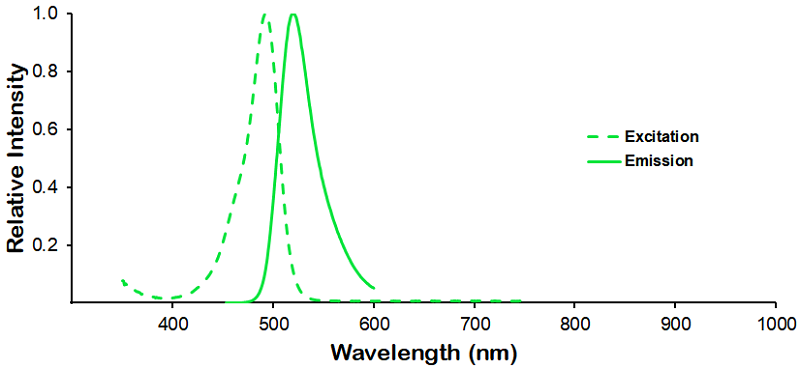
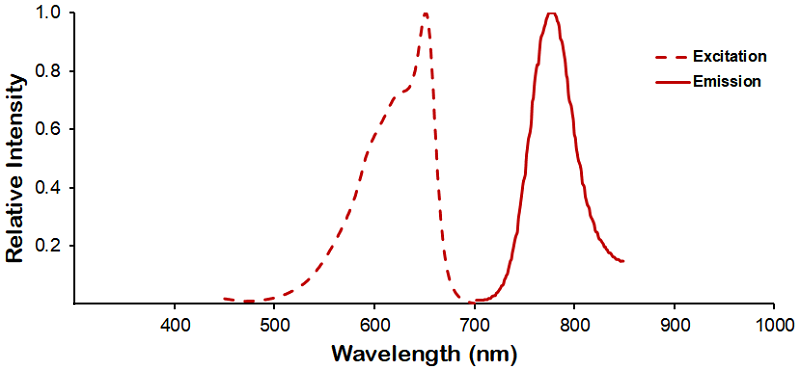
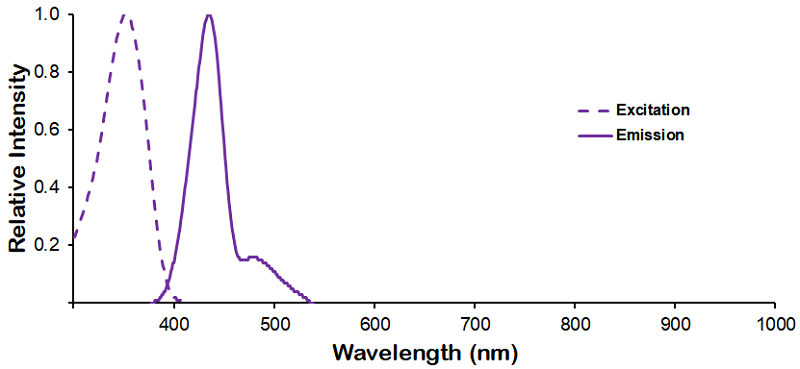
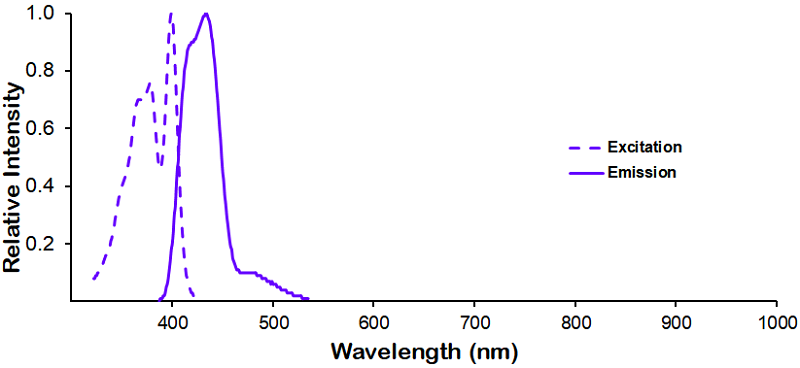
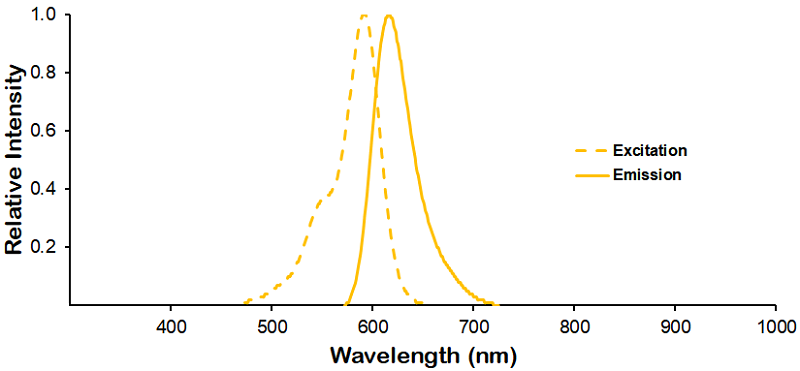

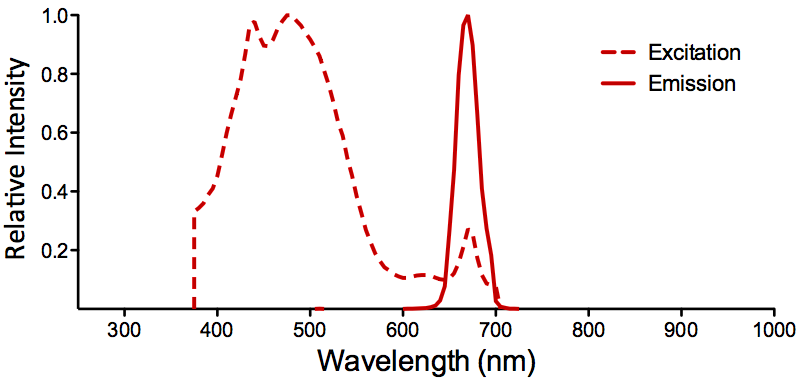
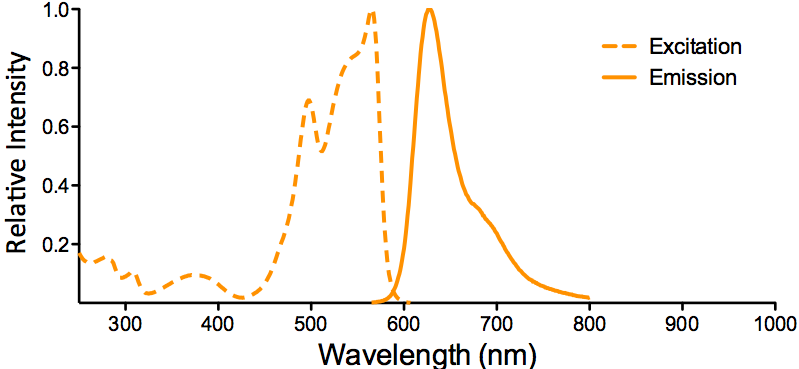
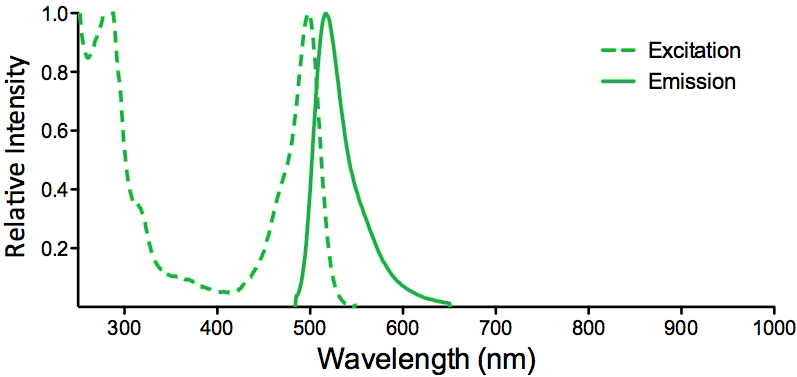
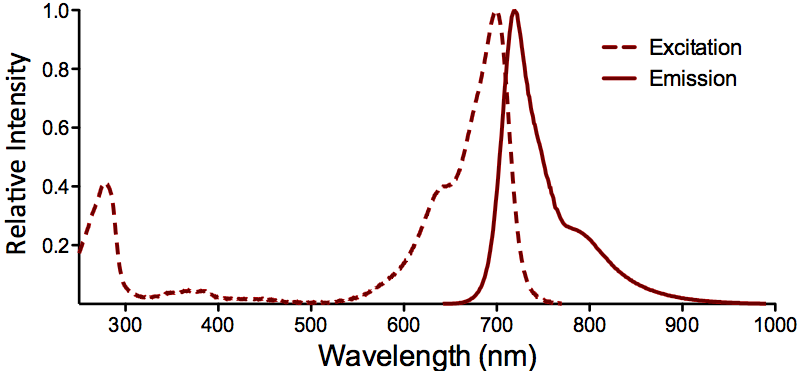
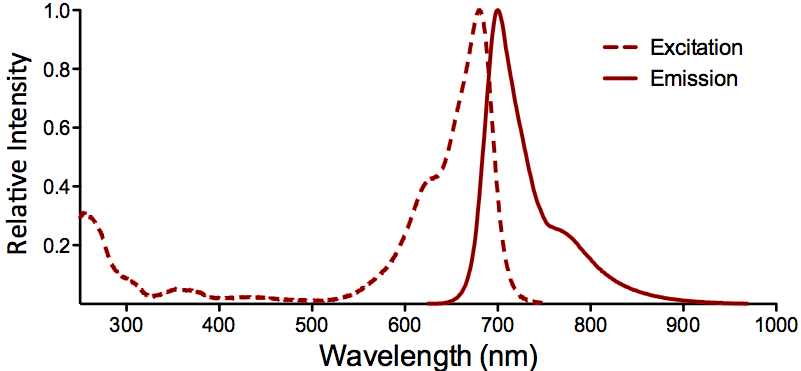

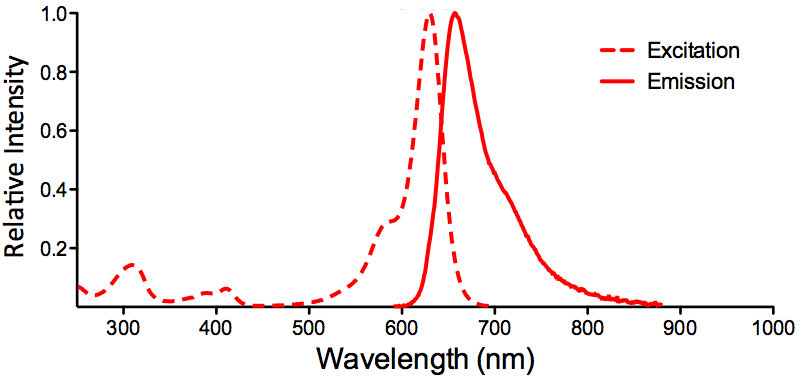
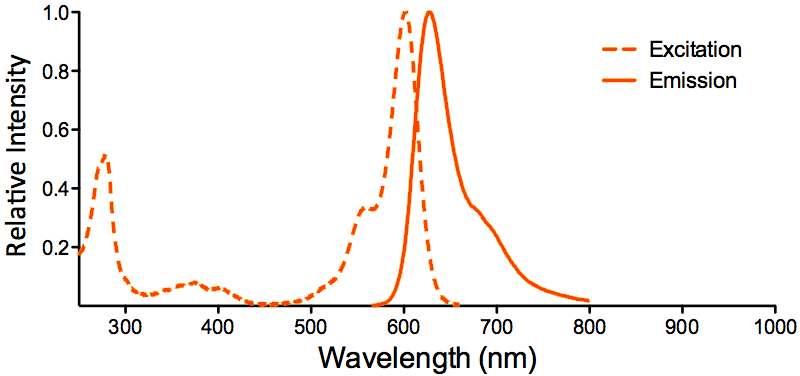

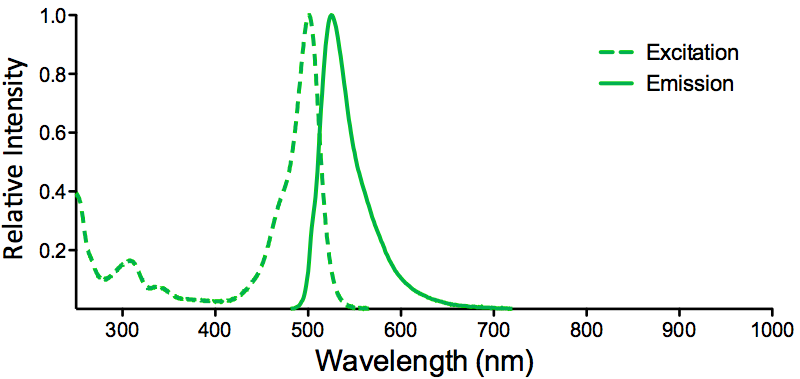
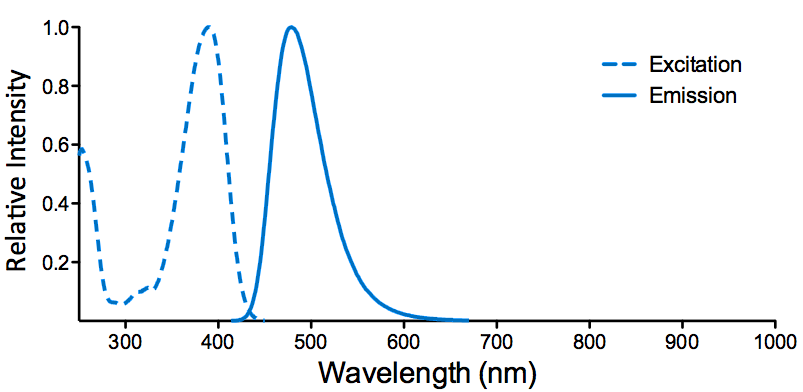
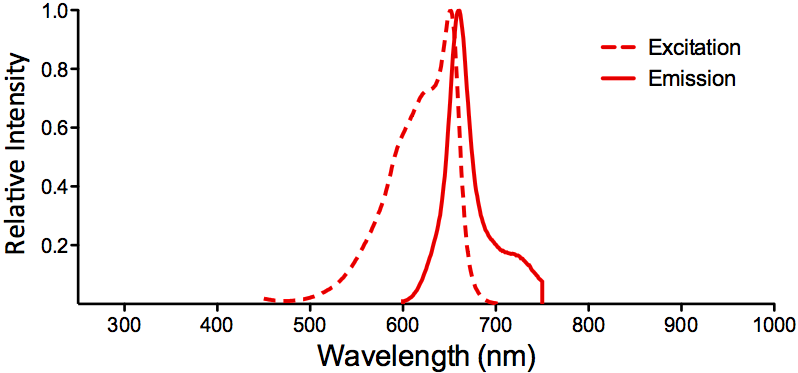
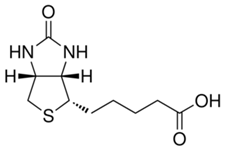
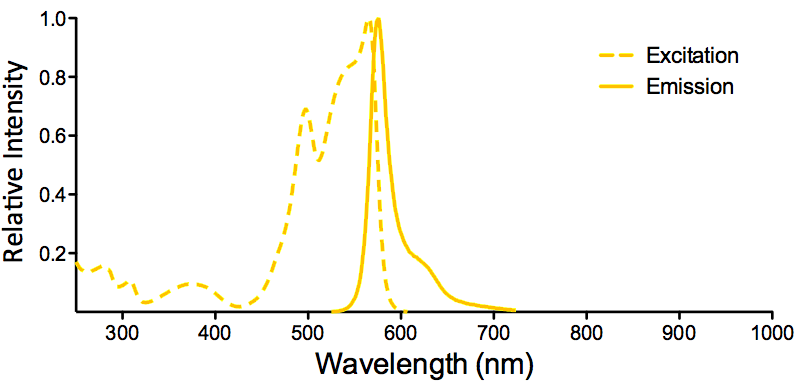
Reviews
There are no reviews yet.